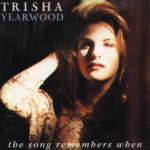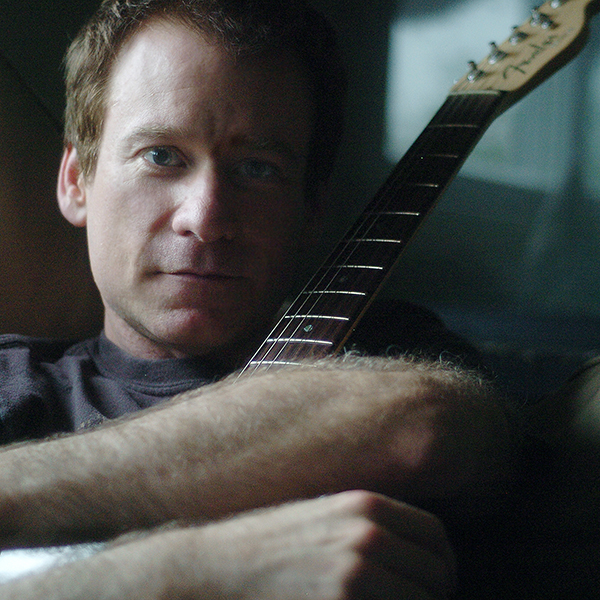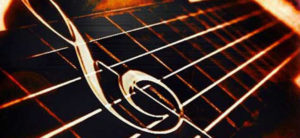by Clay Mills
Feb 3, 2024
In this episode, Hit Songwriter Clay Mills talks about lyrical opposites and how you can use them in your songwriting to create hookier and more powerful songs.
Chapters:
Chapter 1: Titles
Chapter 2: Implied Opposites
Chapter 3: Setup Lines
1. Titles
Check out these titles: “I Hate Myself for Loving You”, “Beautiful Mess”, “Nobody In His Right Mind Would Have Left Her”. These are all beautiful songs with lyrical opposites in the title.
I really feel like lyrical opposites are a great way to add interest and emotion to songs. And it’s been overlooked a lot, but all the great songwriters do it from time to time. So it’s a really good tool to put in your toolbox. It really is true what they say about opposites attract; there’s just something about opposites that adds a lot of impact.
2. Implied Opposites
But there’s a lot of ways to use opposites in songs, and it doesn’t necessarily have to be literal opposites in a title. Sometimes the idea in itself has an implied opposite. Think of the song “If I Was a Boy” by Beyonce. Or think back to the old John Cougar song, “Hurts So Good”. Pain is not a good thing; they’re opposite, but he’s put them together to make a new phrase and to make it feel good.
How many times have you heard a great line in a song using opposites go by, and it was done so well that you really didn’t know there was opposites in that line until you go back and analyze it? Mastering lyric writing is all about making a song powerful and real without feeling like it was “written.”
3. Setup Lines Benefit From Lyrical Opposites

So we’ve talked about titles having opposites, and an idea having an opposite, but another hot spot for this is in the setup line of your chorus. The setup line is that next to last line in a chorus. Take a look at the setup line of “Song Remembers When” by Trisha Yearwood, a Song of the Year winner.
“I was standing at the counter / I was waiting for the change / When I heard that old familiar music start / It was like a lighted match had been tossed into my soul / It was like a dam had broken in my heart / After taking every detour, getting lost and losing track / So that even if I wanted, I could not find my way back / After driving out the memory of the way things might’ve been /
After I’d forgotten all about us / the song remembers when”.
So the setup line, “After I’d forgotten all about us” and the payoff, “the song remembers when” – we have our opposites. So that’s another excellent way to use opposites in a key position – I call them hotspots.
So this week when you’re listening to music, really try to notice lyrical opposites. And when you’re writing, try to put them into your songs because it’s not only going to give your songs more impact, but it will make you a better writer once you’ve mastered it.
share
Write Better Songs Faster
Songwriting Success is Clay & Marty's 10-day video series that will help you level-up your songs and finish them faster. Enter your email address to get started!



